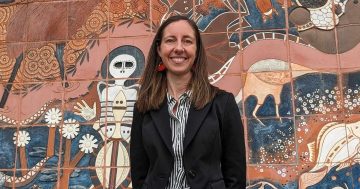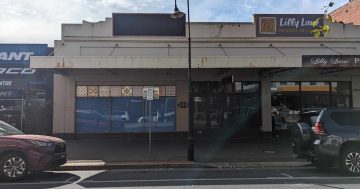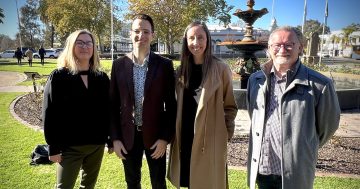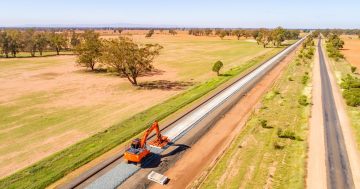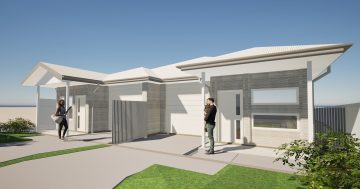
The NSW Government’s pattern book will shape the face of Australian suburbs into the future. Photo: Elias Bitar.
What do we want our towns and cities to look like? Is there a distinctive character to our homes that we would like to maintain or innovations we should adopt as we design the future face of our suburbs?
These are questions that architects from across Australia and the world are hoping to answer, with more than 200 entries submitted to the NSW Pattern Book Design Competition.
A pattern book is a collection of officially endorsed building designs that can be used to guide the creation of new housing, and the NSW Government hopes it will help speed up the delivery of desperately needed homes.
Minister for Planning and Public Spaces Paul Scully said the winning designs would enable developers to access an accelerated approval pathway and ensure high standards were maintained.
“With 171 expressions of interest submitted by professional architects and 41 from architecture students, this is an opportunity for all designers to create homes for the future,” he said.
“Sydney and NSW need affordable, quality and sustainable homes.”

NSW Planning Minister Paul Scully (left) accepted an invitation from Dr Joe McGirr to join a recent housing roundtable in Wagga. Photo: Chris Roe.
Independent State Member for Wagga Wagga Dr Joe McGirr said the minister discussed the pattern book competition during a recent visit to Wagga.
“The minister made the point that a number of the suburbs of Sydney are effectively made up of houses that came from pattern designs like the classic California bungalow,” Dr McGirr said.
“It meant that you got a standard but very functional design, and the government is saying, why can’t we adopt a similar approach to speed up approval processes today?”
The pattern book will include designs for a variety of small and mid-sized dwellings that suit the NSW climate, allow for natural light and include community spaces.
The process will be led by Government Architect NSW, along with the architecture and planning professions, councils, and development and construction industry leaders.

Wagga’s suburbs are already defined by housing pattern books of past eras. Photo: PRD.
Wagga’s Deputy Mayor Amelia Parkins is a heritage architect by profession and said many regional streetscapes had already been defined by matching rows of government-approved designs.
“I actually live in a pattern book house here in Wagga and there are lots of them around,” she said.
“All of those 1930s bungalows are well-built, double-brick houses that are quite suitable to our climate, so I think we’ve got historical evidence that pattern book designs do work if they’re designed well.”
Cr Parkins said getting it right at the design stage was crucial and it was lacking in many modern housing estates.
“We’re building fast, cheap homes that still cost a lot to buy, but they are not built to last and I think that we’ve got our priorities wrong,” she said.
“Good design and well-constructed buildings are being sacrificed because we’ve got to comply with what the certifier says and we need to do it as fast and cheaply as we can under the direction of a project manager, and I think we need to find a balance that includes the architects and craftsmen.”

Wagga Deputy Mayor and heritage architect Amelia Parkins is excited to see what emerges from the Pattern Book Design Competition. Photo: Shri Gayathirie Rajen.
The next phase of the competition will see 15 professional and six student entrants move through to Stage 2.
“This design competition looks like it is well thought through and will encourage a diverse range of houses that are designed appropriately for different regions,” Cr Parkins said.
“My hope is that in the subsequent stages where we get to the detailed design, they will be considering exactly where in NSW these houses are going to be rolled out, and that’s where it’s really important that regional areas like Wagga provide input back up through the Minister.”
You can learn more about the Pattern Book Design Competition on the NSW Planning website.







